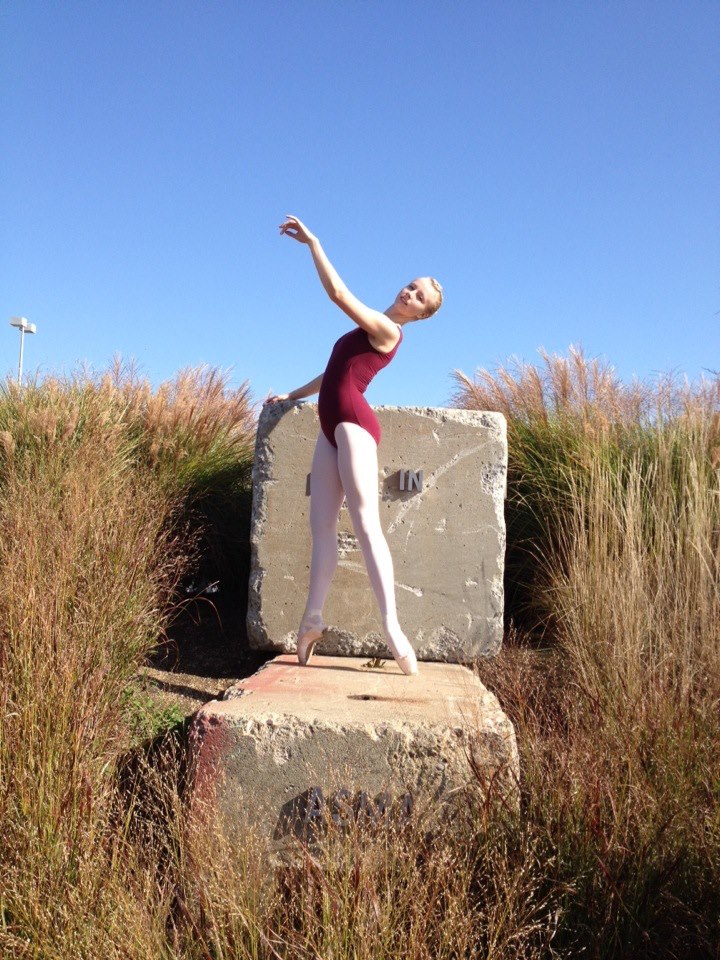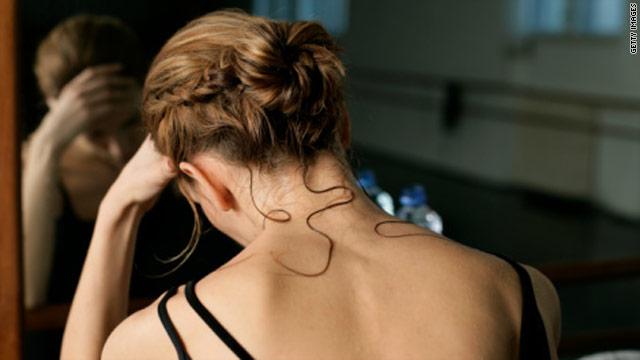Hosted by the Dance Training Project
Knowledge is power. A cliche saying, but as per it’s cliche nature, it’s because it’s legit.
As dancers we rely primarily on kinesthetic intelligence, and a fundamental pillar of knowledge, for us, is having heightened body awareness. In my humble opinion, one of the most important things you should be aware of to keep your body in business for longer is of what your compensation patterns are. What are your cheats? What are your default settings? It’s knowledge that can help you perform better technically and keep you injury free.

For starters, dance requires you to compensate a lot. To create the beautiful spirals and balances, in awkward positions, with extreme ranges of motion, you need to cheat a bit. It’s impossible to do these extraordinary physical feats AND stay perfectly aligned- neutral, symmetrical, balanced. The illusion of perfect balance and grace demands the creation of muscle imbalances.
Even at the mental level, to accomplish these cheats you have to go to a different place- A mental place that says, “Hey, this position isn’t normal and kind of feels bad, but it looks pretty cool so I’m gonna keep doing it!”. Again, it’s just my humble opinion, but I think this mindset is the PRIMARY compensation pattern leading to injury: The brain compensating for every muscle. Overriding the concept of what is “best”. Is it heightened pain tolerance, or physical fitness?
So while dancers pride themselves for having heightened kinesthetic intelligence, perhaps the prize jewel of said intelligence is the understanding of how to get into a mental state in which the body’s able to completely ignore signals of pain and discomfort in order to optimize acute performance (which becomes a huge issue if you’re into this state so deep you can’t get out). I’ve heard of this referred to as being in a “limbic“, or “sympathetic” state. But that’s a discussion for another blog post (because it’s super interesting).
The purpose of today’s post is to bring your attention to some common compensation patterns many dancers use. There is power in knowing how YOU specifically tend to cheat accomplish challenging dance moves. The secret weapon is that knowing your cheats allows you to reverse them.
But if your compensations are helping you dance, why try to reverse them?
Knowing that dance requires compensation patterns, it is better, safer, and more productive to perform these compensations starting from a more neutral state than from a positions already riddled with muscle imbalances and dysfunction.
This is stuff I wish I knew when I was 12, before the lower back, hip, neck, and hamstring injuries that eventually forced me to slow down.
Reversing postural dysfunction and movement compensation patterns can be as simple as adding a few specific exercises to your dance warm-up/cool-down, and embracing a balanced full-body strength training program.
5 most common compensation patterns in dancers
Maybe you recognize some in yourself. Or have you tuned them out? We already know the brain can screw stuff up (as mentioned above) but after the brain’s ability to tune out pain, the king of dysfunction is…
1. Breath holding
Holding your breath causes the diaphragm to contract, and stay contracted, in an attempt to give you stability. Because your diaphragm isn’t supposed to be used primarily like an “ab”, this can cause any number of other muscles to function poorly, though most commonly it’s the core muscles (abdominals, QL, psoas, glutes and more…).
In dance, if something is hard, you’ll probably hold your breath to make it easier. Breathing is always a good place to start if you’re unsure what your cheats are. We all hold our breath and often the diaphragm is KING of dance injuries.
The picture below is nice because it shows how the diaphragm has fascial connections with the psoas and the abdominal wall (making it very easy to compensate for their functions…)

2. Forward head alignment
I am guilty of this right now. Sitting at a computer is the devil.
In a dance setting, dancers who lack core strength to stabilize their bodies will often compensate by holding their head slightly forward causing the muscles of the neck to tighten up and act as a “core”. Much like the diaphragm is not an ab, the neck muscles are not abs and should not be working harder and be getting more toned than your real abs (TVA, obliques, rectus abdominis, etc.).
I have assessed many dancers who cannot activate their TVA without help from either the neck flexors or extensors. You can tell who these people are because their necks look JACKED:

Just check out that sexy hypertrophied sternocleidomastoid. Looks like someone’s core is in her neck…
Forward head posture can also be indicative of glutes that do not activate properly- Using the weight of the head as a counterbalance rather than stabilize with the muscle that actually keeps you from falling on your butt (dem glutes).
3. Excess lordosis and anterior pelvic tilt
Don’t have core and hip strength but need to lift your leg higher? Don’t have glute strength but need to propel yourself forward? Arching your lower back will help you do those things (the illusion of, anyway). It will also help increase your chances of back pain and hamstring injuries, so I don’t recommend lumbar extension and anterior pelvic tilt as a means to perform athletic movements.
Getting stability from excess lower back extension is another sign that the abdominals, glutes, and other important muscles aren’t activating properly. Also can cause and/or exacerbate compression in the hips, SI joint and spine.
Another thing dancers tend to do is to arch from the lower back rather than the upper back to do back bends.
In the picture below, notice how her lower back is SMUSHING, and upper back stays nearly flat. Looks impressive, but I doubt she can activate her core or glutes, and I’d guess she’s dealing with some mad back, hip, and/or shoulder pain, and some difficulty breathing from her diaphragm.
A bendy ball of disaster compared to the backbend below. Check out that sweet upper back and hip extension without excessive lower back compression. I bet she’s breathing, too.

To continue click here





















